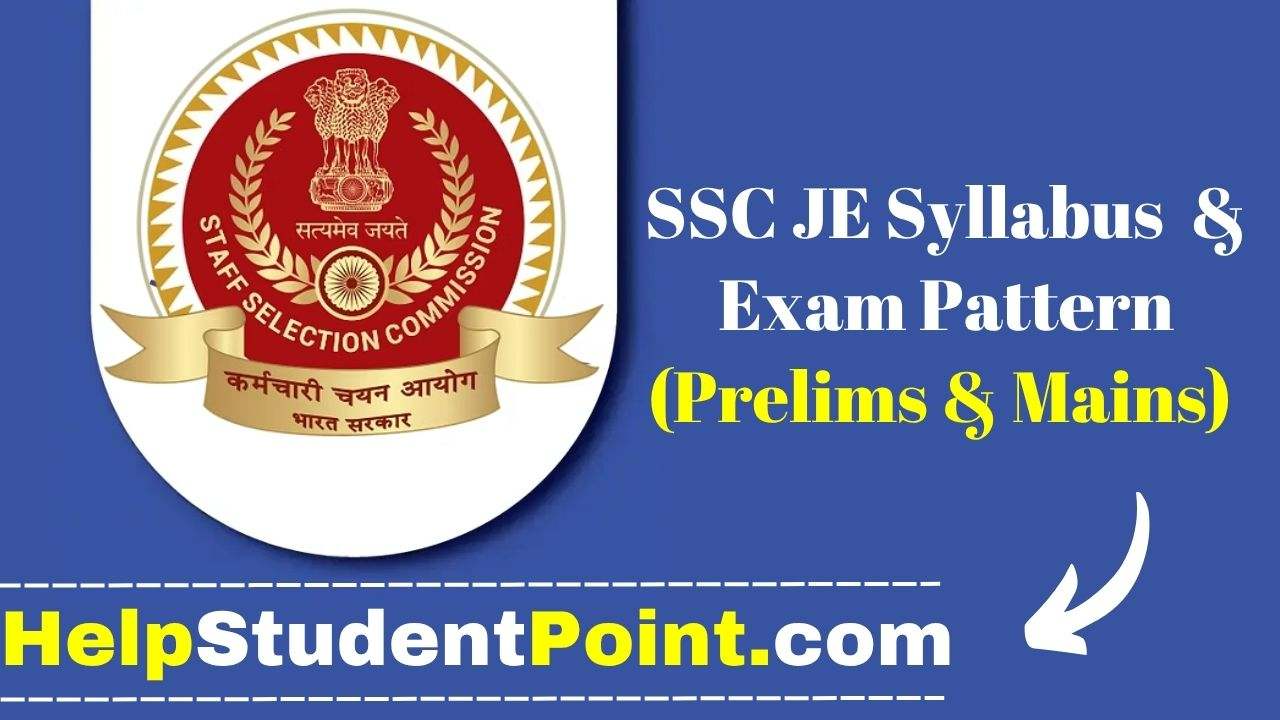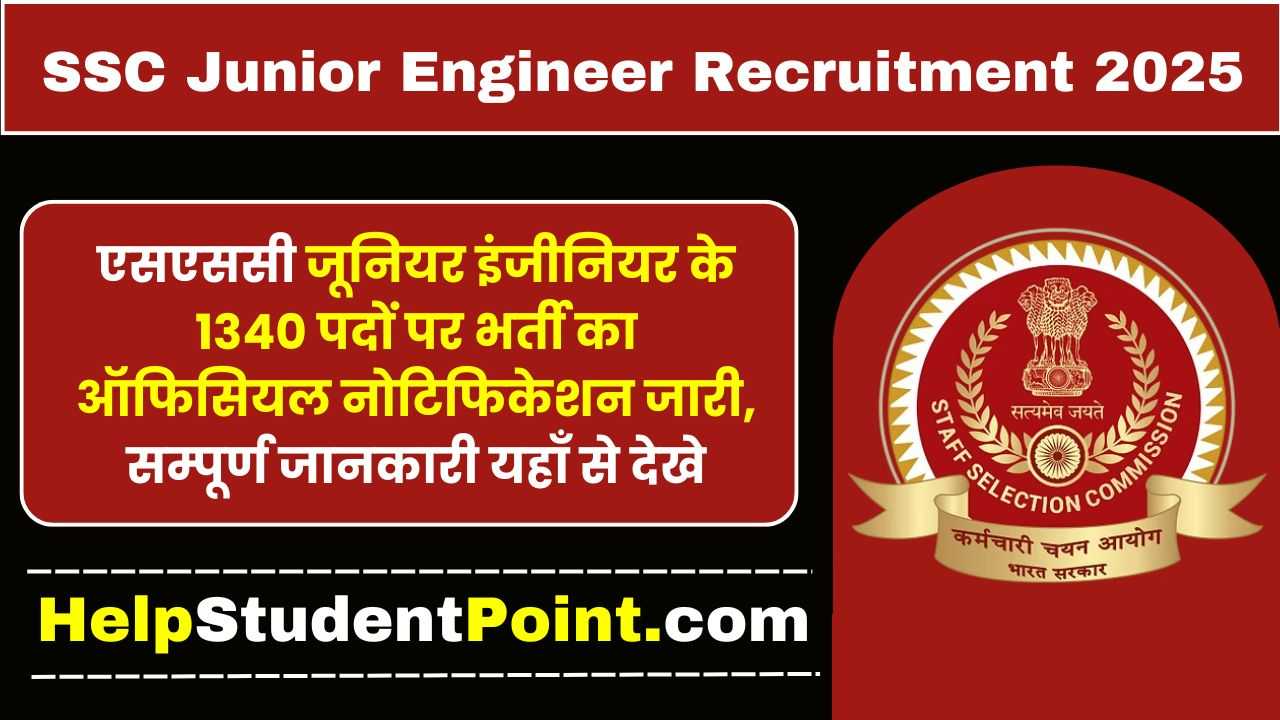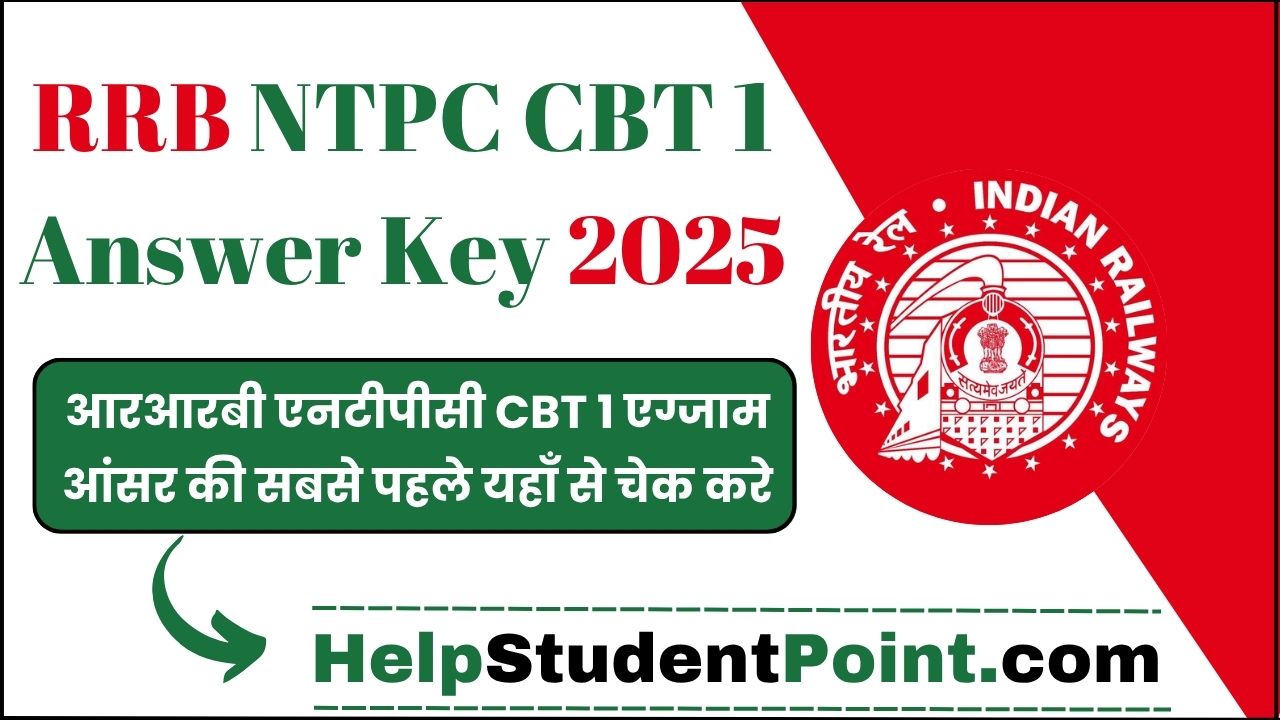- (a) Mechanics of Particles :
Laws of motion; conservation of energy and momentum, applications to rotating frames,
centripetal and Coriolis accelerations; Motion under a central force; Conservation of angular
momentum, Kepler’s laws; Fields and potentials; Gravitational field and potential due to spherical
bodies, Gauss and Poisson equations, gravitational self-energy; Two-body problem; Reduced mass;
Rutherford scattering; Centre of mass and laboratory reference frames.
(b) Mechanics of Rigid Bodies :
System of particles; Centre of mass, angular momentum, equations of motion; Conservation
theorems for energy, momentum and angular momentum; Elastic and inelastic collisions; Rigid
Body; Degrees of freedom, Euler’s theorem, angular velocity, angular momentum, moments of
inertia, theorems of parallel and perpendicular axes, equation of motion for rotation; Molecular
rotations (as rigid bodies); Di and tri-atomic molecules; Precessional motion; top, gyroscope.
(c) Mechanics of Continuous Media :
Elasticity, Hooke’s law and elastic constants of isotropic solids and their inter-relation;
Streamline (Laminar) flow, viscosity, Poiseuille’s equation, Bernoulli’s equation, Stokes’ law and
applications.
(d) Special Relativity :
Michelson-Morely experiment and its implications; Lorentz transformations length
contraction, time dilation, addition of relativistic velocities, aberration and Doppler effect,
mass-energy relation, simple applications to a decay process. Four dimensional momentum
vector; Covariance of equations of physics.
- Waves and Optics :
(a) Waves :
Simple harmonic motion, damped oscillation, forced oscillation and resonance; Beats;
Stationary waves in a string; Pulses and wave packets; Phase and group velocities; Reflection and
refraction from Huygens’ principle.
(b) Geometrial Optics :
Laws of reflection and refraction from Fermat’s principle; Matrix method in paraxial
optic-thin lens formula, nodal planes, system of two thin lenses, chromatic and spherical
aberrations.
(c) Interference :
Interference of light -Young’s experiment, Newton’s rings, interference by thin films,
Michelson interferometer; Multiple beam interference and Fabry Perot interferometer.
(d) Diffraction :
Fraunhofer diffraction – single slit, double slit, diffraction grating, resolving power; Diffraction
by a circular aperture and the Airy pattern; Fresnel diffraction: half-period zones and zone plates,
circular aperture.
(e) Polarisation and Modern Optics :
Production and detection of linearly and circularly polarized light; Double refraction,
quarter wave plate; Optical activity; Principles of fibre optics, attenuation; Pulse dispersion in
step index and parabolic index fibres; Material dispersion, single mode fibers; Lasers-Einstein A
and B coefficients. Ruby and He-Ne lasers. Characteristics of laser light-spatial and temporal
coherence; Focusing of laser beams. Three-level scheme for laser operation; Holography and
simple applications.
- Electricity and Magnetism :
(a) Electrostatics and Magnetostatics :
Laplace and Poisson equations in electrostatics and their applications; Energy of a system of
charges, multipole expansion of scalar potential; Method of images and its applications. Potential
and field due to a dipole, force and torque on a dipole in an external field; Dielectrics,
polarisation. Solutions to boundary-value problems-conducting and dielectric spheres in a
uniform electric field; Magnetic shell, uniformly magnetised sphere; Ferromagnetic materials,
hysteresis, energy loss.
(b) Current Electricity :
Kirchhoff’s laws and their applications. Biot-Savart law, Ampere’s law, Faraday’s law, Lenz’ law.
Self-and mutual- inductances; Mean and rms values in AC circuits; DC and AC circuits with R, L
and C components; Series and parallel resonance; Quality factor; Principle of transformer.
- Electromagnetic Waves and Blackbody Radiation :
Displacement current and Maxwell’s equations; Wave equations in vacuum, Poynting theorem;
Vector and scalar potentials; Electromagnetic field tensor, covariance of Maxwell’s equations;
Wave equations in isotropic dielectrics, reflection and refraction at the boundary of two dielectrics;
Fresnel’s relations; Total internal reflection; Normal and anomalous dispersion; Rayleigh
scattering; Blackbody radiation and Planck ’s radiation law- Stefan-Boltzmann law, Wien’s
displacement law and Rayleigh-Jeans law.
- Thermal and Statistical Physics :
(a) Thermodynamics :
Laws of thermodynamics, reversible and irreversible processes, entropy; Isothermal,
adiabatic, isobaric, isochoric processes and entropy changes; Otto and Diesel engines, Gibbs’ phase
rule and chemical potential; Van der Waals equation of state of a real gas, critical constants;
Maxwell-Boltzmann distribution of molecular velocities, transport phenomena, equipartition and
virial theorems; Dulong-Petit, Einstein, and Debye’s theories of specific heat of solids; Maxwell
relations and application; Clausius-Clapeyron equation. Adiabatic demagnetisation, Joule-Kelvin
effect and liquefaction of gases.
(b) Statistical Physics :
Macro and micro states, statistical distributions, Maxwell-Boltzmann, Bose-Einstein and
Fermi-Dirac Distributions, applications to specific heat of gases and blackbody radiation;
Concept of negative temperatures.
|





